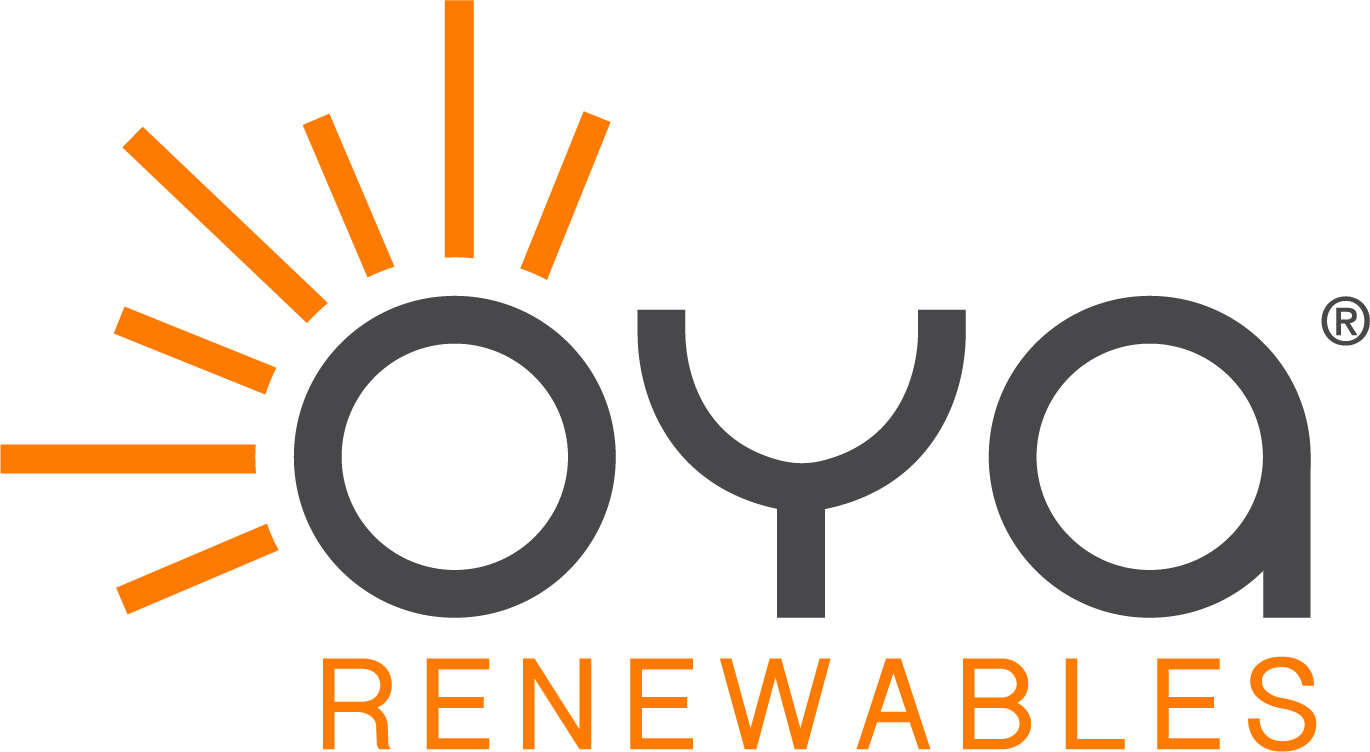Power Purchase Agreements in the renewable energy sector have become increasingly sophisticated in the past few years. This guide is meant to help you navigate the PPA options available to you.
Significant increases in demand for renewable energy options among commercial, industrial, and institutional users are driven by the growing focus on carbon footprints and the adoption of sustainability pledges. Alongside rising demand, corporate energy purchasers have access to more renewable energy projects and various models of power purchase agreements thanks to exponential growth in renewable energy development, government incentives, and the need to innovate models of delivery. Power Purchase Agreements (PPAs), which enable purchasing renewable energy from large, off-site projects, have developed significantly in corporate renewable energy options.
The Fundamentals of a Power Purchase Agreement
A PPA is a contract between a power producer and a power purchaser. The producer agrees to sell electricity to the purchaser at a fixed price for a specified period of time. The PPA establishes the terms and conditions under which the electricity will be sold and defines the responsibilities of each party.
There are two main categories of PPAs that each different type falls into long-term and short-term. Long-term PPAs are typically used for large-scale projects, such as large-scale scale solar farms with a lifespan of 25+ years. Short-term PPAs generally are used for smaller projects, such as commercial and industrial solar installations with a smaller budget, and can last from a few months to a few years.
PPAs are used to finance renewable energy projects, as they provide a guaranteed revenue stream for the power producer and help the purchaser meet their renewable energy targets. In addition to setting the price and duration of the agreement, a PPA may also include provisions for the delivery and transmission of electricity, as well as any penalties for non-performance.
Types of Power Purchase Agreements
There are several different types of PPAs, that depend on where the renewable energy project is located and the delivery of the electricity, including:
On-Site Versus Off-Site Power Purchase Agreement
An on-site power purchase agreement (PPA) is a contract between a power producer and a power purchaser in which the electricity is generated and consumed on the same site. This type of PPA is often used for small-scale renewable energy projects, such as rooftop solar or carport installations, where the electricity is used to power the facility where it is generated.
An off-site PPA is a contract between a power producer and a power purchaser in which the electricity is generated at a different location than where it is consumed. This type of PPA is often used for large-scale renewable energy projects, where the electricity is transmitted to the power purchaser via the grid. Many community solar developers require an off-site PPA, as the electricity that is generated on the solar farm is being consumed off-site.
Both on-site and off-site PPAs can be used to finance renewable energy projects and provide a predictable revenue stream for the producer. The specific terms and conditions of the PPA will depend on the needs and goals of the parties involved.
Virtual Power Purchase Agreement – Virtual PPA
A virtual power purchase agreement (VPPA) is a financial instrument that allows a power purchaser to purchase the renewable attributes of a project, rather than the electricity itself. This allows the purchaser to meet their renewable energy targets without physically taking delivery of the electricity.
VPPAs are often used by companies that are looking to reduce their carbon footprint and increase their use of renewable energy but may not have the physical space or infrastructure to install their own renewable energy generation capacity. By entering a VPPA, the purchaser can support the development of a renewable energy project and receive credits for the energy that is generated, giving them plenty of renewable energy options at low stakes.
Virtual PPAs can be structured in a variety of ways, depending on the needs of the parties involved. For example, a virtual PPA might be structured as a fixed-price contract for a set period, or it might include a variable pricing component based on market conditions.
Physical Delivery Power Purchase Agreement
Physical delivery power purchase agreements are contracts in which the power purchaser takes physical delivery of the electricity that is generated by a renewable energy project. This type of PPA is typically used for on-site renewable energy projects, where the electricity is consumed at the same location where it is generated.
In a physical delivery PPA, the power producer agrees to sell the electricity to the power purchaser at a fixed price for a set period. The PPA may also include provisions for the delivery and transmission of electricity, as well as any penalties for non-performance.
Physical delivery PPAs provide a predictable revenue stream for the producer and help the power purchaser meet their renewable energy targets. They are often used to finance renewable energy projects and can help to reduce the cost of electricity for the power purchaser for utility-scaled boosting.
Portfolio Power Purchase Agreement
A portfolio power purchase agreement is a contract that allows a power purchaser to purchase electricity from a portfolio of renewable energy projects, rather than a single project. This type of PPA is often used by companies that are looking to increase their renewable energy options, but do not have the resources to develop their own projects.
In a portfolio PPA, the power purchaser contracts with a portfolio provider, who is responsible for sourcing and managing the renewable energy projects that make up the portfolio. The power purchaser pays a fixed price for the electricity, and the portfolio provider is responsible for ensuring that the electricity is delivered to the power purchaser.
Portfolio PPAs can be structured in a variety of ways, depending on the needs of the parties involved. For example, a portfolio PPA might include a mix of long-term and short-term contracts, or it might include a combination of fixed and variable pricing components. Portfolio PPAs can provide a cost-effective way for companies to increase their use of renewable energy and meet their sustainability goals.
Block Delivery Power Purchase Agreements
A block delivery power purchase agreement is a contract in which the power purchaser takes delivery of electricity in predetermined blocks of time, rather than continuously. This type of PPA is often used for renewable energy projects with variable output, such as community solar projects, where the amount of electricity generated may vary over time.
Block delivery PPAs can provide a predictable revenue stream for the producer and help the power purchaser meet their renewable energy targets. They can also help to reduce the cost of electricity for the power purchaser by allowing them to purchase electricity when it is most abundant and inexpensive.
Green Tariffs: An Alternative to Power Purchase Agreements with Power Producers
Green tariffs are rate schedules that are offered by utilities to their customers as an alternative to power purchase agreements with independent power producers. Green tariffs can be used to support the development of renewable energy projects and help customers meet their sustainability goals.
Green Tariff 1.0
Green Tariff 1.0 (GT1) is a type of green tariff that allows customers to purchase renewable energy directly from a specific renewable energy project. GT1 tariffs are often used for on-site renewable energy projects.
Green Tariff 2.0
Green Tariff 2.0 (GT2) is a type of green tariff that allows customers to purchase renewable energy that has been generated by a utility or third party and added to the grid. GT2 tariffs are often used for large-scale renewable energy projects, such as utility-scale solar or wind farms.
The Difference between GT1 and GT2
The main difference between GT1 and GT2 tariffs is the source of renewable energy. GT1 tariffs are tied to a specific renewable energy project, while GT2 tariffs are not tied to any specific project. GT1 tariffs may offer a higher level of transparency and control for the customer but may also be more expensive than GT2 tariffs. GT2 tariffs may be more cost-effective but may offer less transparency and control for the customer.
As a part of our service offering, OYA Renewables has in-house teams of renewable energy experts that can assess your energy portfolio and recommend a power purchase agreement or another type of renewable energy program that will best support your goals and requirements. In addition to solar energy programs, OYA also offers Energy as a Service with additional clean energy technology to accelerate your energy transition and your energy portfolios.

